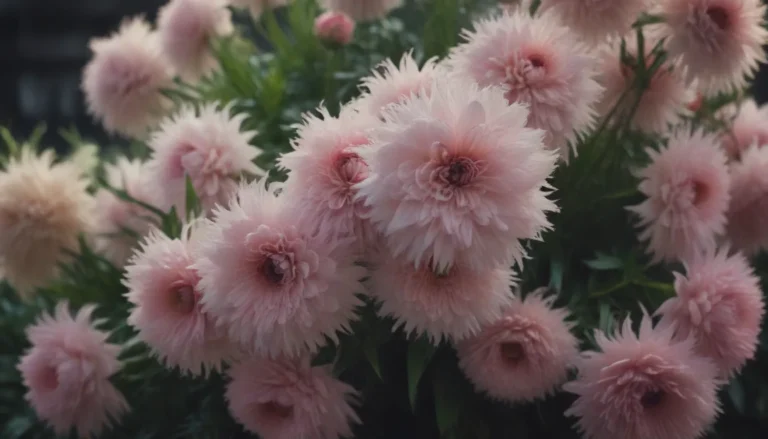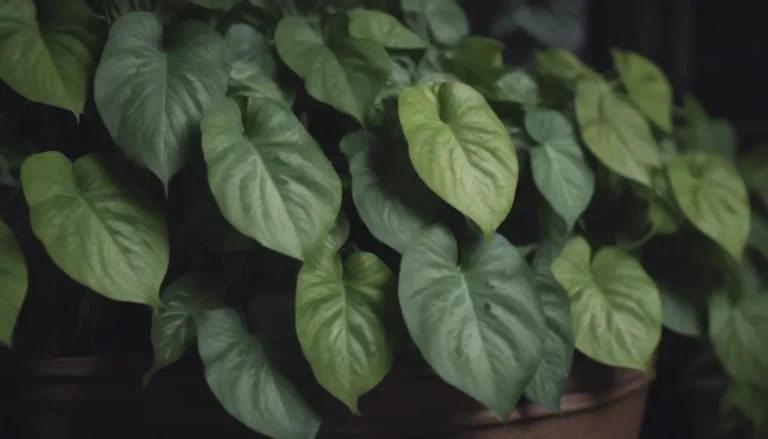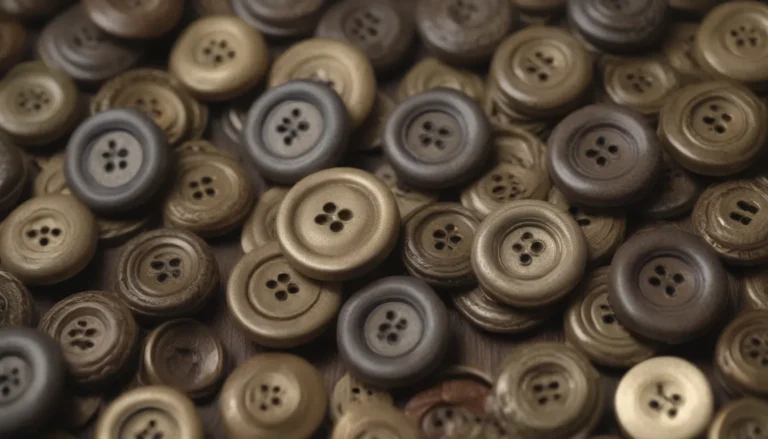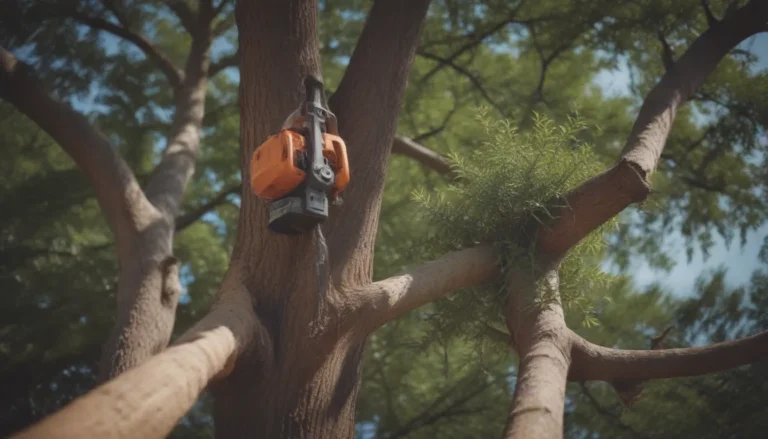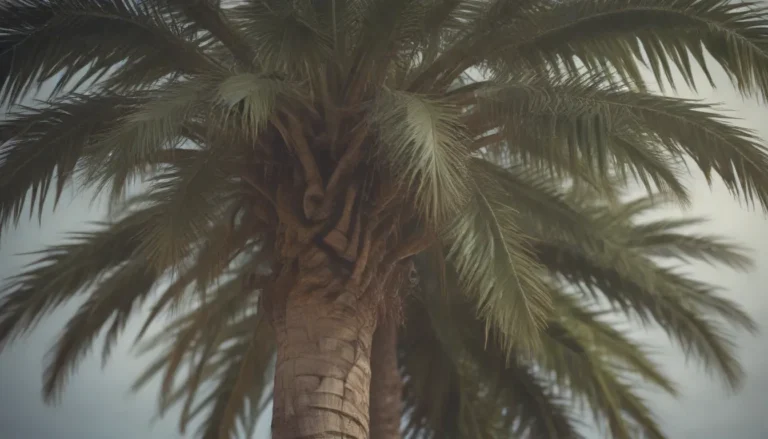Everything You Need to Know About Growing and Caring for Golden Japanese Forest Grass
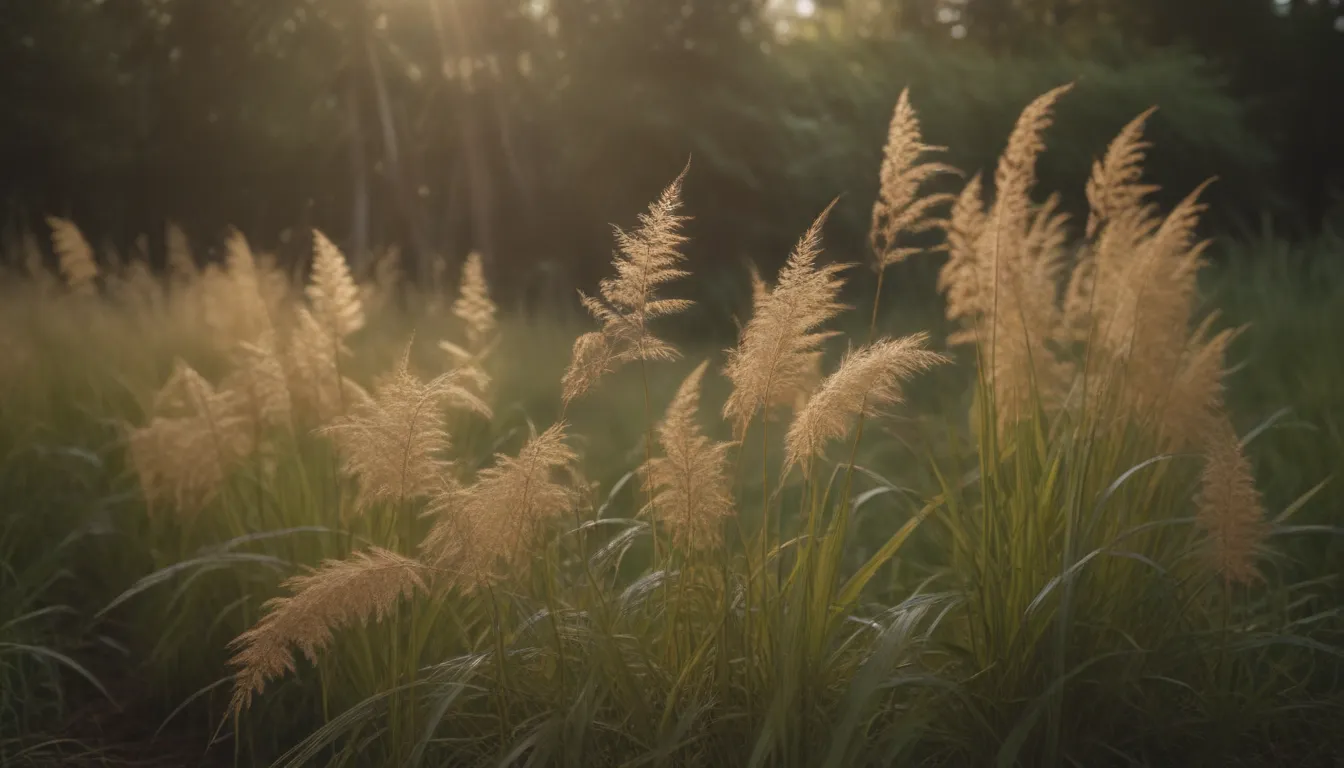
Are you looking to add a touch of elegance and beauty to your garden? Look no further than Golden Japanese Forest Grass (Hakonechloa macra). This unique ornamental grass combines striking aesthetics with shade tolerance, making it a perfect addition to any garden. In this comprehensive guide, we will dive deep into how to grow and care for Golden Japanese Forest Grass to ensure it thrives in your garden.
Why Choose Golden Japanese Forest Grass?
Golden Japanese Forest Grass is a slow-growing ornamental grass with arching leaves that come in shades of green, bright gold, or variegated. It’s short enough to be used as a border or on a bank while being flashy enough to stand out in a perennial border. The foliage of Japanese Forest Grass is the star of the show, with leaves turning spectacular shades of orange and bronze in the autumn, providing year-round interest to your garden.
Golden Japanese Forest Grass Care Tips
Taking care of Golden Japanese Forest Grass is relatively easy, as long as you provide the right conditions for it to thrive. Here are some essential care requirements for growing this stunning ornamental grass:
Light
Japanese Forest Grass thrives in shade, making it an excellent choice for areas in your garden that receive partial shade. The brightest gold color is seen when the plant is grown in part shade. While it can tolerate full sun to full shade, extreme sunlight can cause the leaves to scorch or turn white. On the other hand, in shadier spots, the leaves may turn lime-green.
Soil
Ensure the Japanese Forest Grass is planted in rich, fertile soil with an average to acidic pH (6.0 to 7.0). Avoid heavy, wet soils or dry, sandy soils, as the plant prefers well-draining soil that retains moisture without becoming soggy.
Water
Keep the plant well-watered, especially during the first year to help it establish. Ensure the soil remains moist but not waterlogged. Adding a thick layer of mulch around the base of the plant can help retain soil moisture.
Temperature and Humidity
Golden Japanese Forest Grass thrives in USDA hardiness zones 5 to 9, tolerating a wide range of temperatures and humidity levels. Ensure your plant is placed in a location that meets its temperature and humidity requirements for optimal growth.
Fertilizer
If the soil is rich in organic matter, the grass should not need additional feeding. In poorer soils, consider feeding it once in the spring after new growth appears. Follow the product label instructions for the correct amount of fertilizer to use.
Types of Golden Japanese Forest Grass
There are several popular varieties of Golden Japanese Forest Grass, each with its unique characteristics:
- ‘Aureola’
- ‘Albo Striata’ (’Albovariegata’)
- ‘Beni Kaze’ (‘Benikaze’)
- ‘All Gold’
Pruning Tips
In moderate climates, old leaves of the Japanese Forest Grass may brown and rot slightly. Remove the old leaves in early spring to allow new growth to emerge unhindered. While this grass doesn’t provide winter interest, pruning it in early spring can help maintain its appearance.
Propagating Japanese Forest Grass
Once the grass is fully established (which can take 2 to 3 years), you can divide clumps in the spring when new foliage starts to grow. This can help rejuvenate the plant and promote healthier growth.
Potting and Repotting
Japanese Forest Grass can thrive in containers, cascading over the edges and softening the look of the pots. When potting or repotting, follow these guidelines:
- Use a container that is about 4 inches larger than the root ball to allow for growth.
- Ensure the container has ample drainage holes.
- Use well-draining potting mix and water the plant more frequently compared to plants in garden soil.
- Repot the grass every 2 to 3 years when the roots outgrow the container or drain holes.
Overwintering Tips
While Golden Japanese Forest Grass is winter-hardy in USDA hardiness zones 5 to 9 when planted in the landscape, container plants require winterization. Consider burying the container in the ground for insulation or moving it to an unheated garage during the winter to protect the roots from cold temperatures.
Common Pests and Plant Diseases
Typically, Golden Japanese Forest Grass is resistant to serious pests and diseases, making it a low-maintenance plant for your garden. Additionally, it is not attractive to deer, ensuring your garden remains undisturbed.
Common Problems and Solutions
If you notice scorched or brown leaves on your Japanese Forest Grass, it may be due to excessive sun exposure. Ensure the plant is moved to a shadier location and keep it well-watered to promote healthy growth. While the grass may drop its leaves in colder climates, it will come back every year within its zone range, making it a reliable addition to your garden.
Plant Companions for Golden Japanese Forest Grass
Golden Japanese Forest Grass pairs beautifully with a variety of plants, enhancing the visual appeal of your garden. Consider planting it alongside burgundy foliage plants like sweet potato vines, coral bells, or celosia for a stunning contrast. Its golden color also complements the gray tones of stone walls and walkways, adding sophistication to your outdoor space.
In conclusion, Golden Japanese Forest Grass is a versatile and visually appealing addition to any garden. By following these care tips and recommendations, you can ensure your Japanese Forest Grass thrives and adds a touch of elegance to your outdoor space. Whether planted in the ground or in a container, this ornamental grass will continue to impress with its vibrant foliage and low-maintenance nature. So, why wait? Add Golden Japanese Forest Grass to your garden today and enjoy the beauty it brings year after year.
